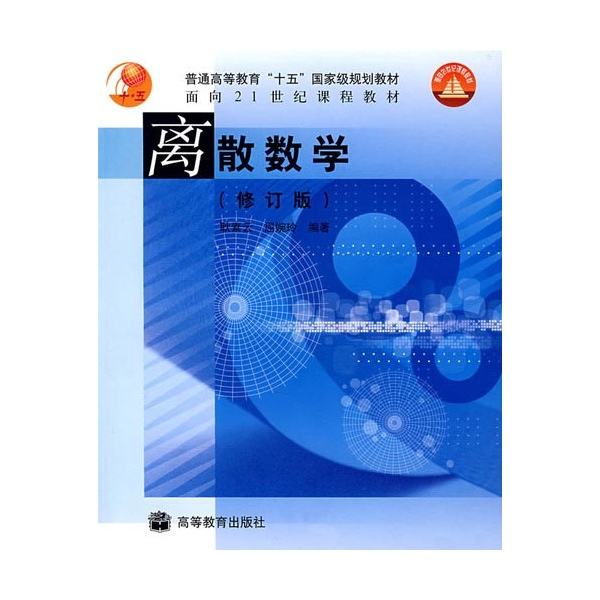Paths $P^1,\ldots,P^k$ in a graph $G=(V,E)$ are mutually induced if any two distinct $P^i$ and $P^j$ have neither common vertices nor adjacent vertices. For a fixed integer $k$, the $k$-Induced Disjoint Paths problem is to decide if a graph $G$ with $k$ pairs of specified vertices $(s_i,t_i)$ contains $k$ mutually induced paths $P^i$ such that each $P^i$ starts from $s_i$ and ends at $t_i$. Whereas the non-induced version is well-known to be polynomial-time solvable for every fixed integer $k$, a classical result from the literature states that even $2$-Induced Disjoint Paths is NP-complete. We prove new complexity results for $k$-Induced Disjoint Paths if the input is restricted to $H$-free graphs, that is, graphs without a fixed graph $H$ as an induced subgraph. We compare our results with a complexity dichotomy for Induced Disjoint Paths, the variant where $k$ is part of the input.
翻译:$P1,\ldots 路径 $1,\ldots, 在图形$G= (V,E) 中, 美元是相互诱导的 $G $(美元), 如果任何两个不同的美元和美元没有共同的脊椎, 美元是相互诱导的。 对于固定的整数 $k$, $k$ 引发的断裂路径问题是要决定一个带有一对一两双指定脊椎的美元( s_i, t_i) 美元的图表是否包含美元 $k美元 的双向路径 $Pi 美元。 如果输入限于$H$( 美元), 则每张美元开始于美元, 以美元为美元结尾。 而对于每个固定整数的整数 $k$( 美元) 来说, 非自导的版本众所周知, $k$( 美元) 是一个典型的结果, 因为文献显示, $$( $( $) $( $) $( $) commexmoveal) commlational pal) 和 a complain complain exgregregregregregal 。



